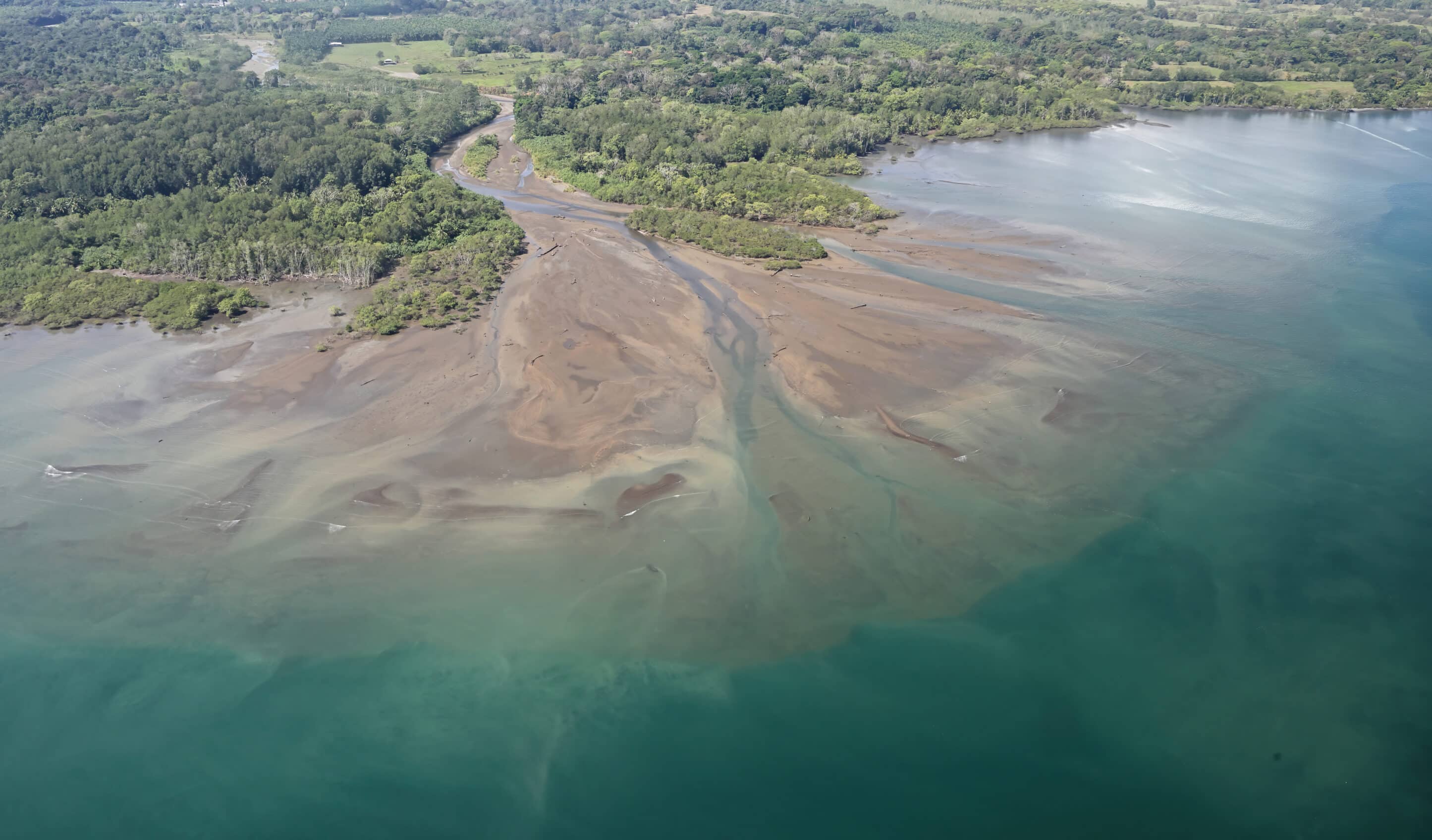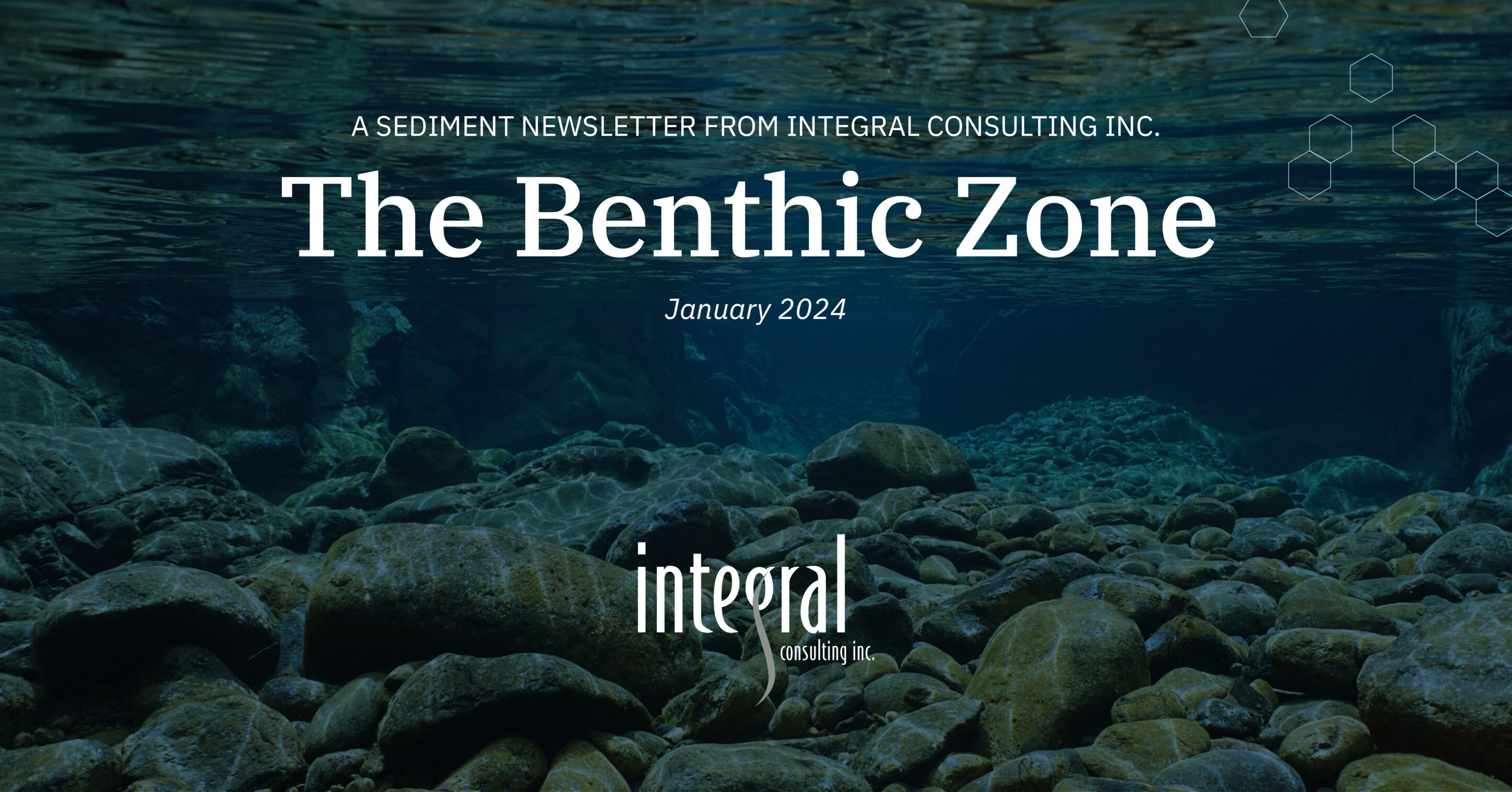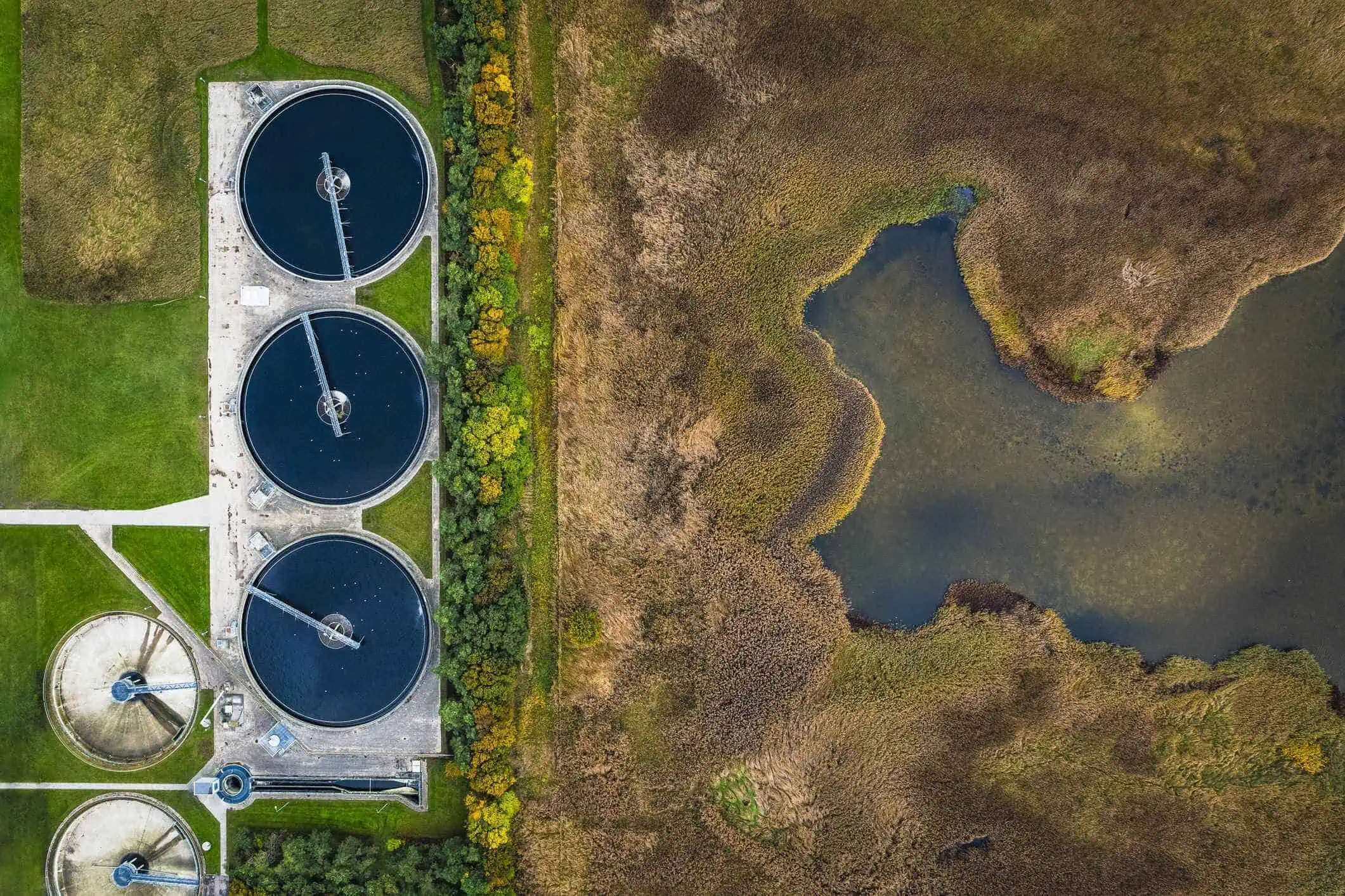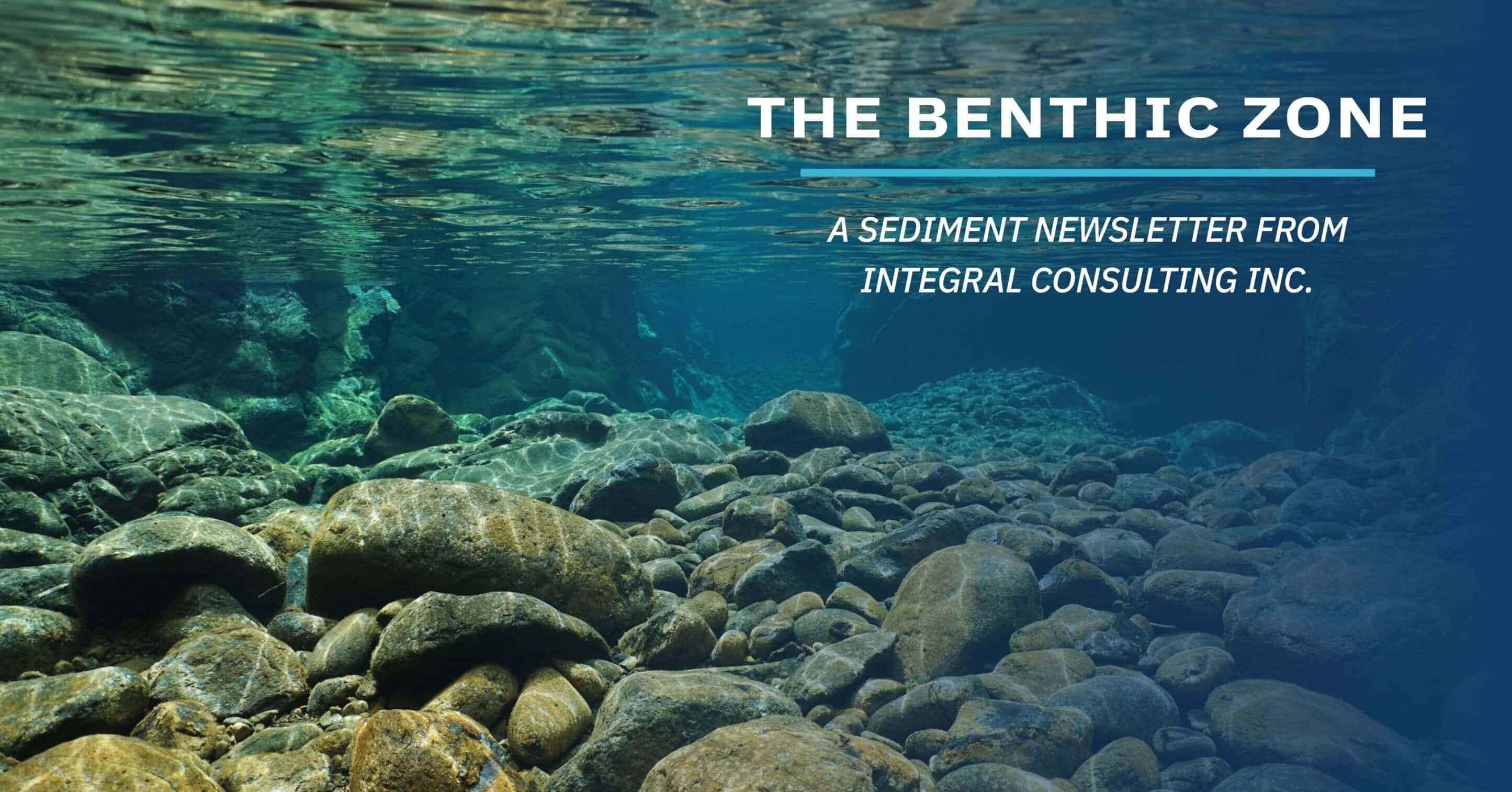
Mr. Jarrod Gasper is a geochemist with 18 years of experience. His primary area of expertise is the analysis of the fate and transport of metals and organic chemicals in the environment, with a focus on mining and industrial sites. His experience includes the forensic analysis of contaminant sources, the geochemical analysis of sediments and water, prediction and modeling of physical limnology and water quality at proposed mine pit lakes, analysis and modeling of surface water quality, and remediation of contaminated groundwater. Mr. Gasper’s background includes aqueous geochemistry, geology, and chemical engineering.
M.S., Environmental Engineering, University of Colorado, Boulder, Colorado, 2003
B.S., Chemical Engineering, Johns Hopkins University, Baltimore, Maryland, 1998
Hazardous Waste Operations and Emergency Response 40-Hour Certification (2007; refresher 2014)
Hazardous Waste Operations and Emergency Response Supervisor 8-Hour Certification (2012)
Jarrod D. Gasper Senior Consultant
Mr. Jarrod Gasper is a geochemist with 18 years of experience. His primary area of expertise is the analysis of the fate and transport of metals and organic chemicals in the environment, with a focus on mining and industrial sites. His experience includes the forensic analysis of contaminant sources, the geochemical analysis of sediments and water, prediction and modeling of physical limnology and water quality at proposed mine pit lakes, analysis and modeling of surface water quality, and remediation of contaminated groundwater. Mr. Gasper’s background includes aqueous geochemistry, geology, and chemical engineering.


The Benthic Zone (January 2025 Edition): Integral’s Sediment Newsletter
Press Release
January 13 2025

PFAS at Contaminated Sediment Sites: Evolving Technical, Regulatory, and Legal Priorities
Resource
September 26 2023
The Benthic Zone (September Edition): Integral's Sediment Newsletter
Press Release
September 26 2023- Mining
- Surface Water Management
- Contaminated Sediments
- PFAS
- Chemistry
- Geochemistry
- Water Quality Modeling
- Litigation Support
- Water Quality Monitoring
- Forensics
- Fate and Transport
- Statistical Analysis
- Groundwater Remediation
- Stormwater Treatment
- Project Management

